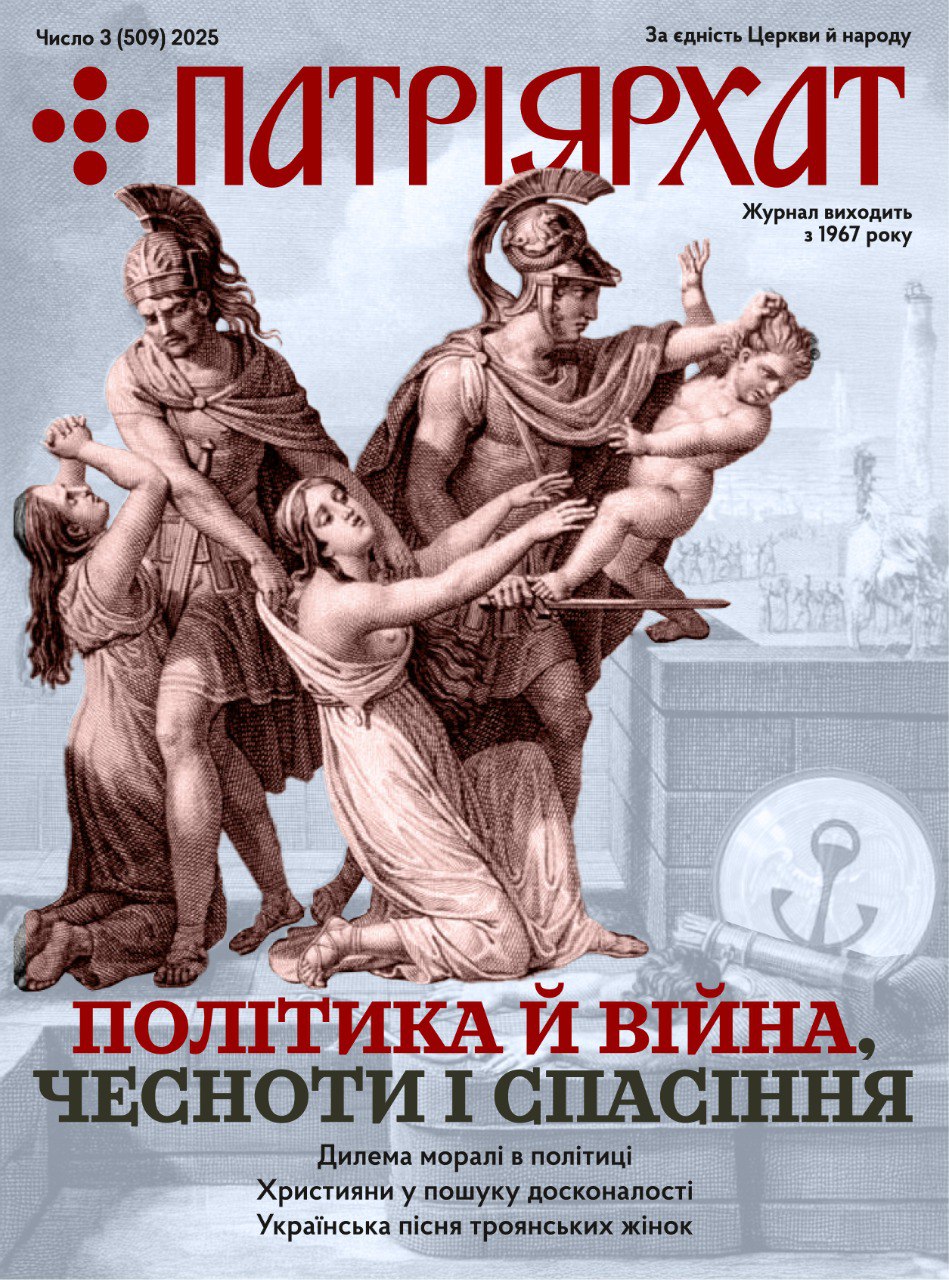From: CATHOLIC NEAR EAST MAGAZINE, FALL, 1978
by Eva Piddubcheshen
Today there are about 600 million Catholics in the world, 10 million of whom belong to the Eastern rites. The largest Eastern Catholic Church is the Ukrainian which has more faithful than all the others combined.
The Ukrainian Catholic Church is the Church of Kievan Rus’ whose people accepted Christianity in 988 under the reign of Volodymyr the Great. Its home territory lies in the southern part of eastern Europe, bounded by Rumania and Czechoslovakia on the southwest, Poland and Byelorus’ on the west, and Russia on the north and east.
Political vicissitudes scattered the descendants of Kievan Rus’ throughout the world, making the Ukrainian Catholic Church a worldwide one. Today it is a Church of two branches—the «Mother Church» on its original territory which has become the «Church of the Modern Catacombs» and the «Daughter Church» beyond it.
Before World War II, the «Mother Church» had 5 million faithful in four dioceses. With the second Soviet occupation of Western Ukraine, the Church suffered intense persecution. Its entire hierarchy—eleven bishops in all—was imprisoned, monks and nuns were dispersed and their property confiscated, seminarians were drafted into the service of the Red Army, and all church schools and institutions were liquidated. In 1946, at a government-arranged pseudo synod, not attended by a single Ukrainian Catholic bishop, a «voluntary union» of the Ukrainian Catholic Church with the Orthodox Patriarchate of Moscow was proclaimed.
When the bishops imprisoned one year earlier refused to join this apostasy, the Ukrainian Catholic Church was declared illegal and its persecution was intensified. Its clergy was forbidden to conduct religious services, arrests of priests were accelerated, and the bishops were given long-term sentences in Soviet labor camps.
In addition to the bishops, two Apostolic Visitators, 2951 priests and hundreds of monks and nuns were incarcerated, some parishes were liquidated and the remaining ones were turned over to the Russian Orthodox Church. Today not a single Ukrainian Church, Catholic or Orthodox, legally exists in Ukraine.
The primate of the Ukrainian Catholic Church, Metropolitan Josyf Slipyj, spent a total of eighteen years in the slave labor camps of the Soviet Union and his Church went into the underground. Some years after his 1963 release (obtained through the intercession of Pope John XXIII and President John F. Kennedy) he said that «rivers of blood and mountains of bodies» was the price Ukrainian Catholics paid for their loyalty to the Holy See.
The Ukrainian Catholic Church beyond its native territory is one of great vitality. It has fifteen dioceses and two million faithful. In the United States it has one archeparchy—in Philadelphia —and two eparchies, one in Chicago and the other in Stamford with 300,000 faithful, 206 secular and 41 religious priests, and 177 nuns. All of this has been established since 1884 when the first Ukrainian Catholic priest arrived in Shenandoah, Pa.
Ukrainian Catholics are highly visible in the Roman Catholic surroundings in which they find themselves because their church architecture, ceremonies, and traditions are so different. First of all their church buildings are not topped with tall, thin spires, but by onionshaped cupolas. Instead of statues in the interior there are icons, which are hand-painted pictures of saints. The sanctuary is separated from the body of the church not by a communion rail but by an icon screen on which one sees God the Father, Christ, the Blessed Virgin Mary, Saint Joseph, the patron saint of the parish, the apostles, and the important feasts of the year. The priest’s vestments are gracefully folding capelike garments, different in style from the box-like chasubles usually worn by the Latin clergy. The alb is decorated with embroidery rather than lace.
Ukrainian Catholics do not genuflect but they make a deep bow while at the same time making the sign of the cross. They cross themselves three times from right to left with the thumb, the index and middle finger joined at the tips to symbolize the Holy Trinity and the ring and little finger placed against the palm symbolizing the two natures of Christ united in His Divine Person. Holy Communion is received under two species—leavened bread and wine.
During the liturgy the whole congregation sings the responses harmonizing in two or three voices. The liturgy is celebrated in the vernacular or in Ukrainian.
Perhaps the most striking difference between Ukrainian Catholics and Roman Catholics is the existence of a married clergy. Ukrainian priests cannot marry, but seminarians have the right to choose celibacy or to marry before being ordained.
* * * * *
On November 21, 1964, the Holy Father issued the Decree on Catholic Eastern Churches adopted by Vatican Council II, recognizing that the «patriarchal office in Eastern Churches is a traditional form of Government» for them and that all rulings of the Council in reference to rights of patriarchs are equally applicable to major archbishops.
This was of special importance to Ukrainian Catholics because the primate of their Church is the only major archbishop in the Catholic world.
In spite of the different customs of Ukrainian and Roman rite Catholics, they are united by their loyalty to the Holy Father, and by the deep love of tradition that led them to model their American parishes after the ones they had left behind in their homelands.
Article by Eva Pidubcheshen was published in Autumn issue of Catholic Near East Magazine

